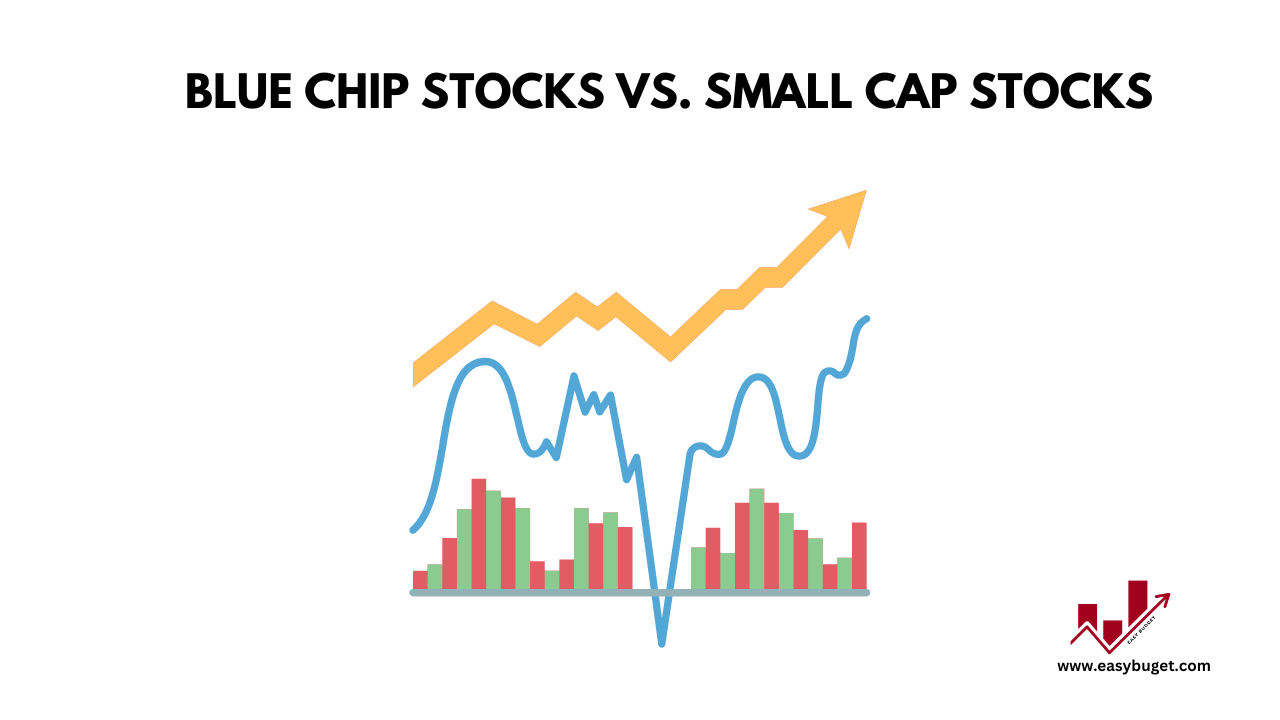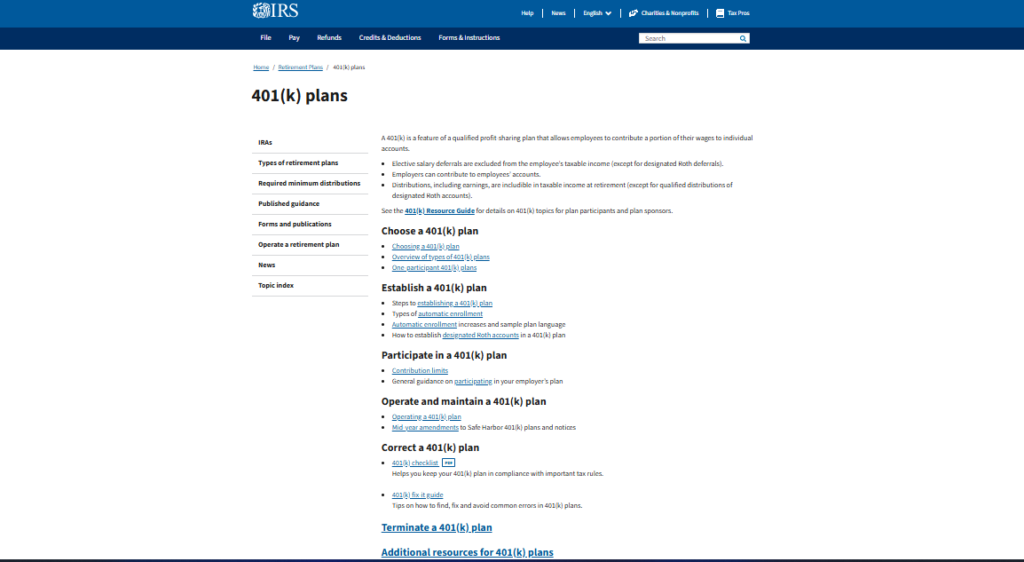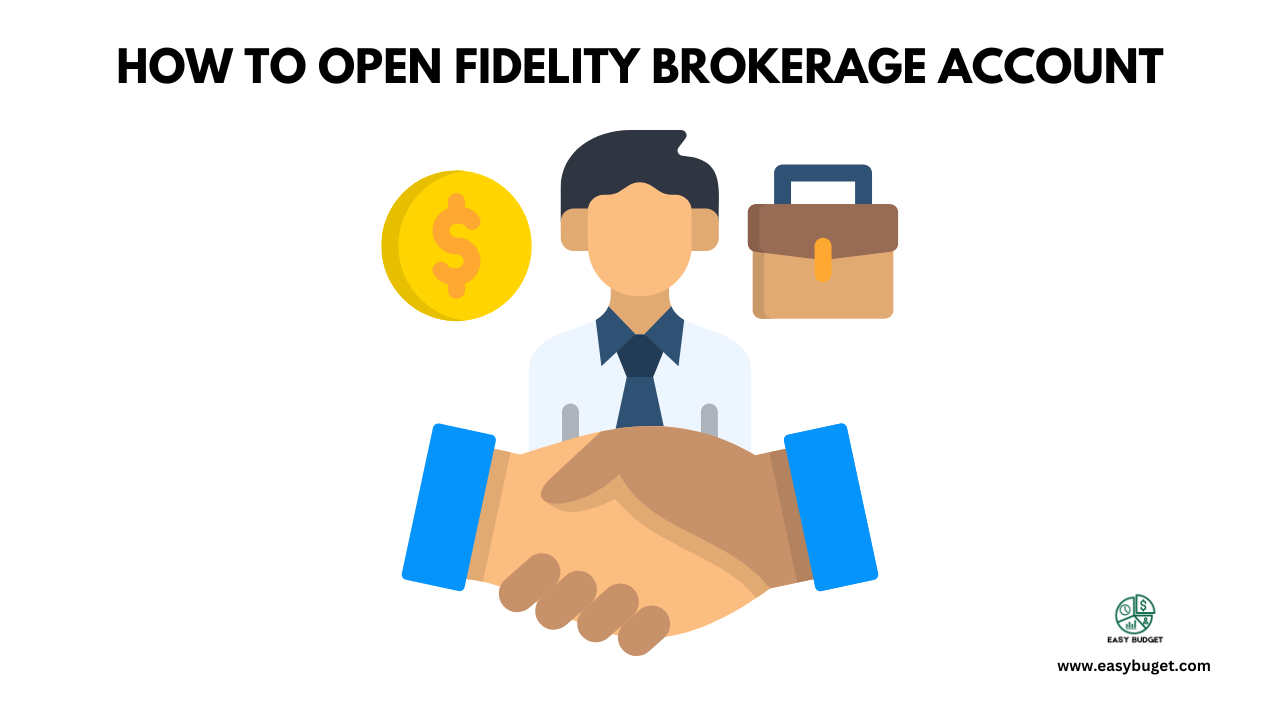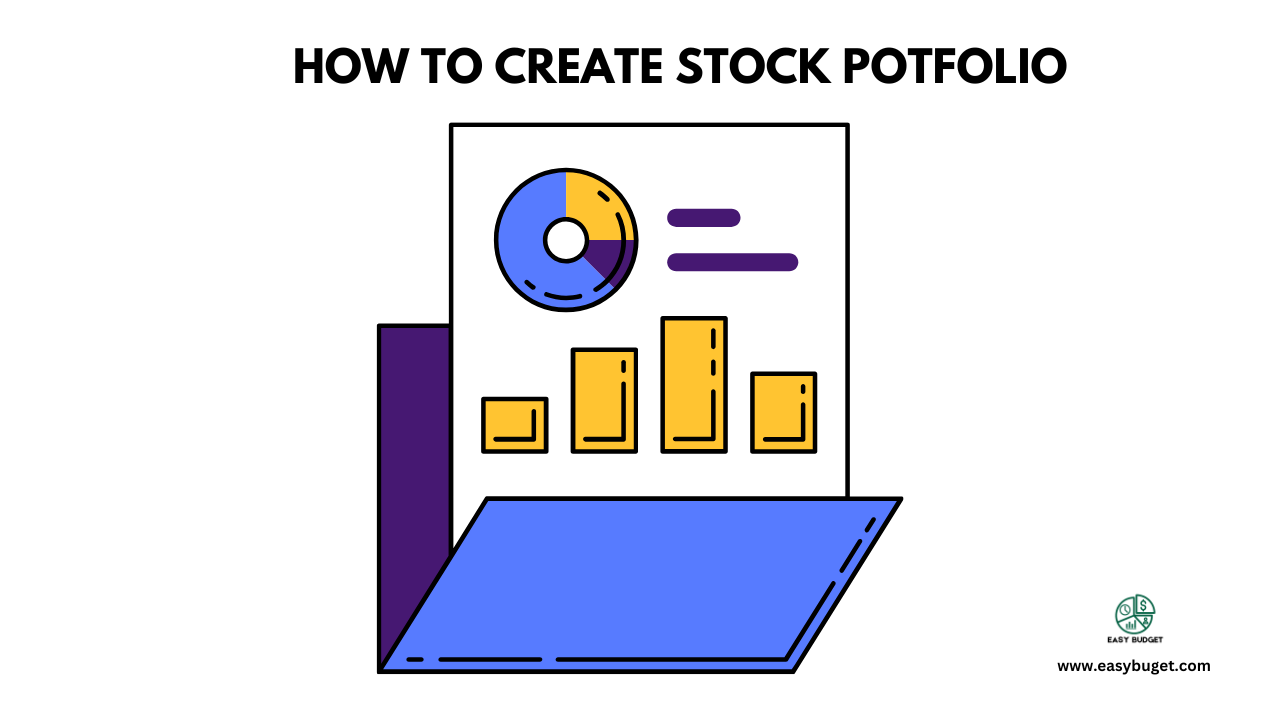Have you ever wondered if your investments could do more than just grow your wealth? What if your money could also help combat climate change, promote social justice or support ethical business practices? That’s exactly what ESG investing is all about.
ESG—short for Environmental, Social and Governance—has become one of the fastest-growing trends in the investment world. In fact, global ESG assets are on track to hit a staggering $50 trillion by 2025. But what exactly is ESG investing and how can you align your portfolio with your values? Let’s dive in.
What is ESG investing?
At its core, ESG investing is about putting your money into companies and funds that prioritize positive environmental, social and governance practices. Here’s a quick breakdown of what each pillar means:
- Environmental: This focuses on how a company impacts the planet. Think renewable energy, carbon emissions, waste management, and conservation efforts. Companies like Tesla (with its electric vehicles) and NextEra Energy (a leader in wind and solar power) are great examples.
- Social: This pillar looks at how a company treats people—both inside and outside the organization. It includes labor practices, diversity and inclusion, community engagement, and human rights. For instance, companies like Patagonia and Ben & Jerry’s are known for their strong social commitments.
- Governance: Governance refers to how a company is run. This includes executive pay, board diversity, transparency, and ethical business practices. Companies with strong governance are less likely to face scandals or lawsuits, making them safer long-term investments.
Unlike traditional investing, which focuses solely on financial returns, ESG investing considers the broader impact of your investments. It’s about doing well and doing good.
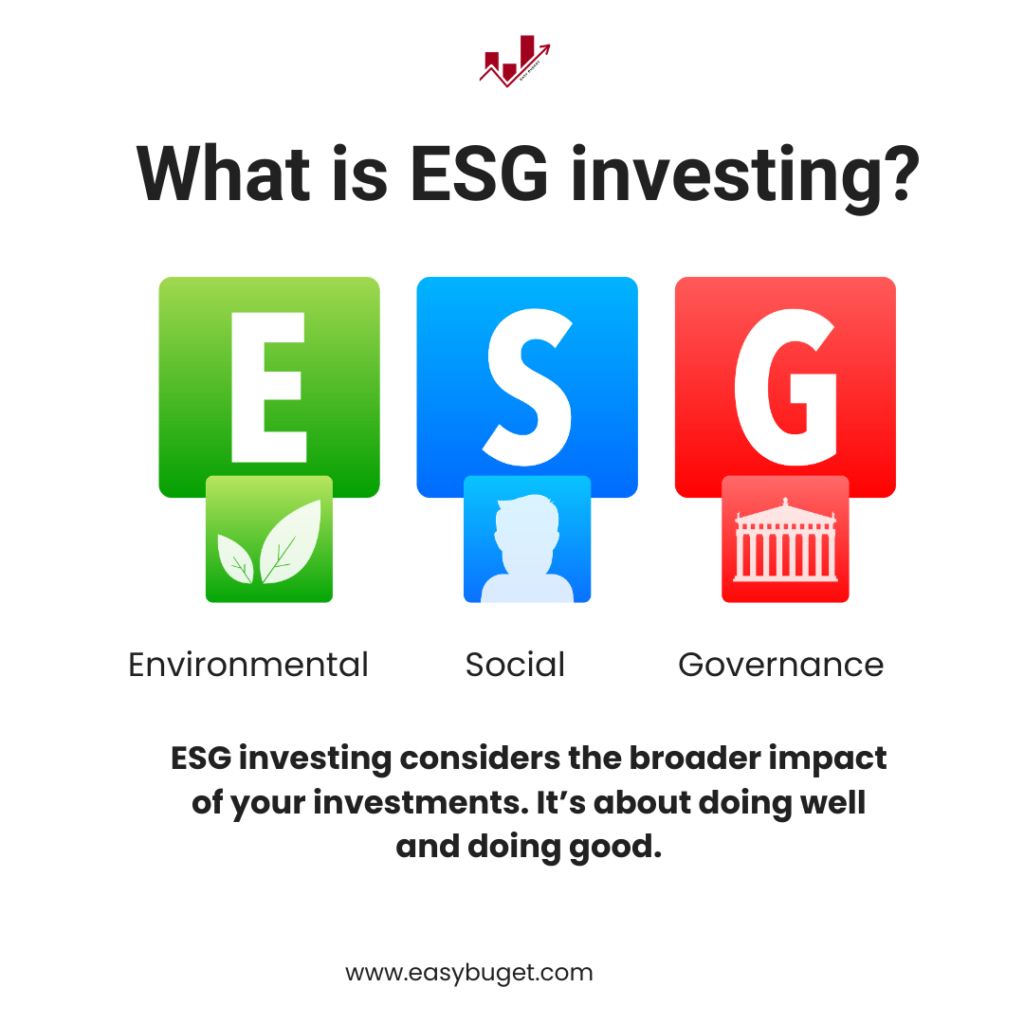
Why ESG investing matters
You might be thinking, “Does ESG investing really make a difference?” The answer is a resounding yes. Here’s why:
- Positive impact: By investing in ESG-focused companies, you’re supporting businesses that are actively working to solve global challenges like climate change, inequality and corruption.
- Strong financial performance: Contrary to popular belief, ESG investments often perform as well as—or even better than—traditional investments. According to a 2021 study by Morningstar, 58% of sustainable funds outperformed their peers over a 10-year period.
- Lower risk: Companies with strong ESG practices tend to be better managed and more forward-thinking, which can reduce risks like regulatory fines, reputational damage and environmental disasters.
- Growing demand: Millennials and Gen Z are driving the demand for ESG investments. As these generations inherit wealth, the trend toward sustainable investing is only going to grow.
How to get started with ESG investing
Ready to align your portfolio with your values? Here’s a step-by-step guide to help you get started:
Step 1: Define your values
What issues matter most to you? Is it fighting climate change, promoting gender equality, or supporting ethical governance? Identifying your priorities will help you choose the right ESG investments.
Step 2: Research ESG funds and companies
Not all ESG investments are created equal. Look for funds and companies with strong ESG ratings from reputable sources like MSCI, Sustainalytics or Morningstar. Some popular ESG funds include:
- Vanguard ESG US Stock ETF (ESGV)
- iShares ESG Aware MSCI USA ETF (ESGU)
- Parnassus Core Equity Fund (PRBLX)
Step 3: Diversify your portfolio
While ESG investing is important, it’s still crucial to maintain a diversified portfolio. Consider mixing ESG funds with traditional investments to balance risk and reward.
Step 4: Monitor and rebalance
ESG investing isn’t a “set it and forget it” strategy. Regularly review your portfolio to ensure your investments still align with your values and financial goals.
Challenges and criticisms of ESG investing
While ESG investing has many benefits, it’s not without its challenges. Here are a few things to watch out for:
- Greenwashing: Some companies exaggerate or falsify their ESG efforts to attract investors. To avoid this, dig deeper into their practices and look for third-party certifications.
- Lack of standardization: There’s no universal standard for measuring ESG performance, which can make it hard to compare investments. Stick to trusted rating agencies to navigate this issue.
- Potential Trade-Offs: In some cases, prioritizing ESG factors might mean sacrificing higher returns. However, many investors find the trade-off worthwhile for the positive impact.
Tools and resources for ESG investors
If you’re ready to dive deeper into ESG investing, here are some tools and resources to help you get started:
- Morningstar ESG ratings: A trusted source for evaluating the ESG performance of funds and companies.
- Yahoo finance ESG scores: A quick way to check the ESG scores of individual stocks.
- Robo-Advisors: Platforms like Betterment and Wealthsimple offer ESG-focused portfolios tailored to your goals.
- Books: Check out “The Responsible Investor Handbook” by Thomas Croft or “Sustainable Investing” by Cary Krosinsky.
Conclusion
ESG investing is more than just a trend—it’s a movement toward a more sustainable and equitable future. By aligning your portfolio with your values, you can make a positive impact while still achieving your financial goals.
So, what are you waiting for? Start exploring ESG funds today and take the first step toward building a portfolio that reflects who you are and what you stand for. After all, your money has the power to change the world.
Call-to-Action:
- What’s your take on ESG investing? Have you already started incorporating it into your portfolio? Share your thoughts in the comments below!
- If you found this guide helpful, don’t forget to share it with your friends and family. Let’s spread the word about sustainable investing!






